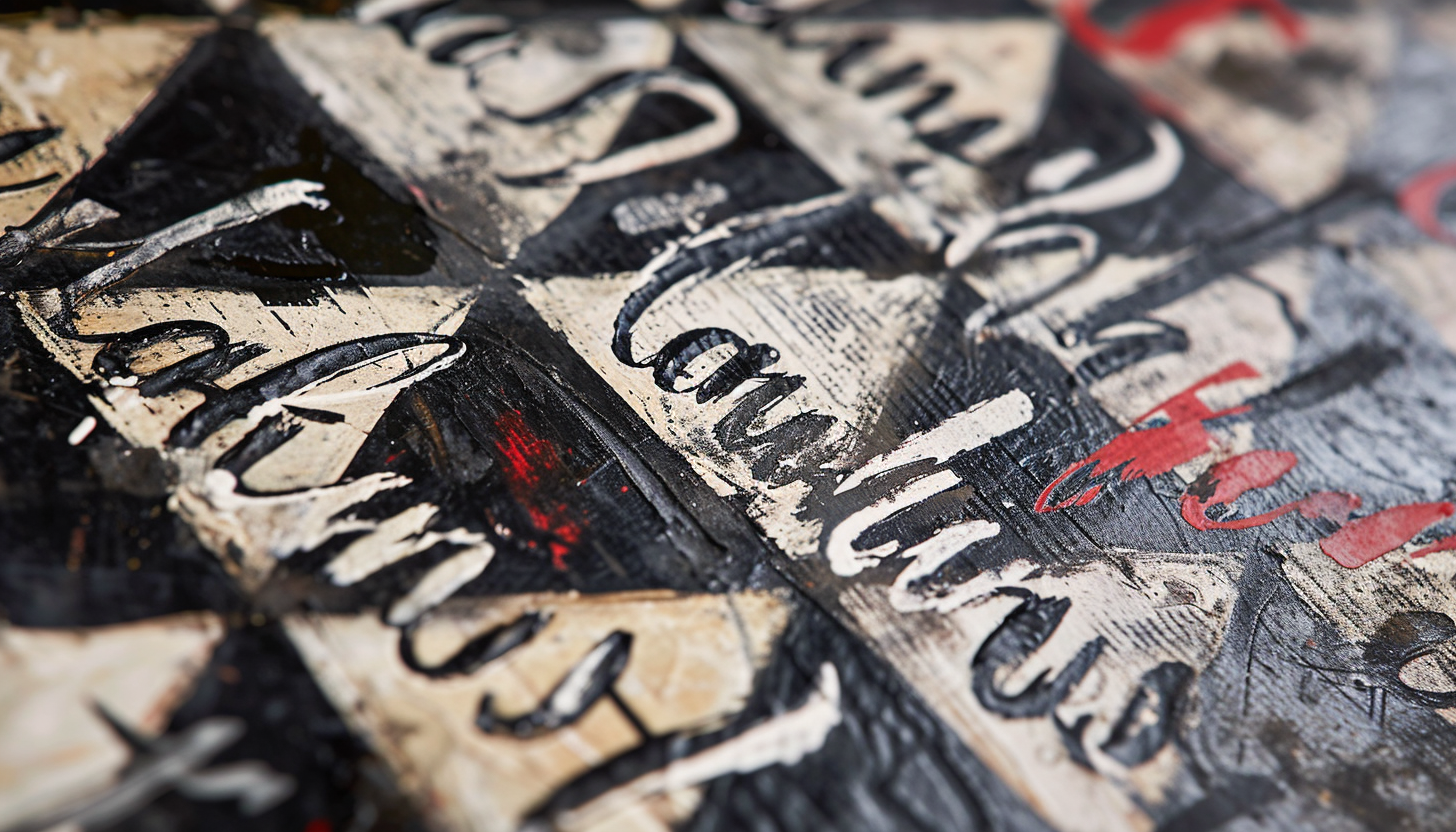But I was only made aware of this turning point 11-16!! followed by 16x27! by the game that Georgiev – although with reversed colors – won against Tsjizjov in the 2006 European Championship (see diagram).
Since there were additional pieces on 6 and 48 in that game (otherwise the position was identical to Sijbrands-Beeke 1963), Georgiev’s maneuver was actually even more surprising. Indeed: with a piece on 6, Black can, unlike in the analysis variant above or in ‘Palmer-NN 1978’, play 30...6-11 31.28x19 18-22 32.27x18 12x14. However, this wouldn't be very effective, because White would respond with 33.32-28! and then forcefully continue with 34.28-23! For 34...14-19? White doesn’t have enough time due to 35.29-23! 32.20x49 36.23x1. Since 30...7-11 31.28x19 18-23, etc., was even even more unlikely (as mentioned above), Tsjizjov resorted to the desperate combination:
